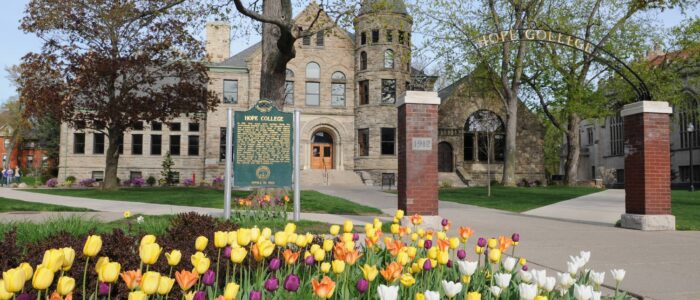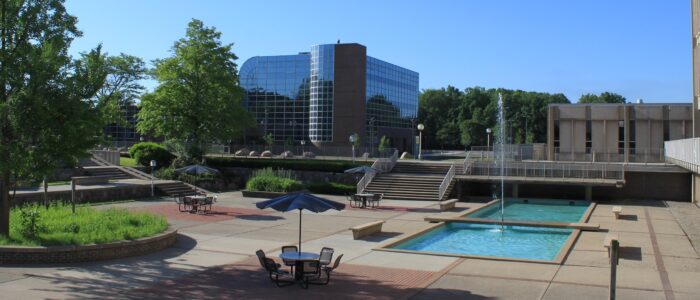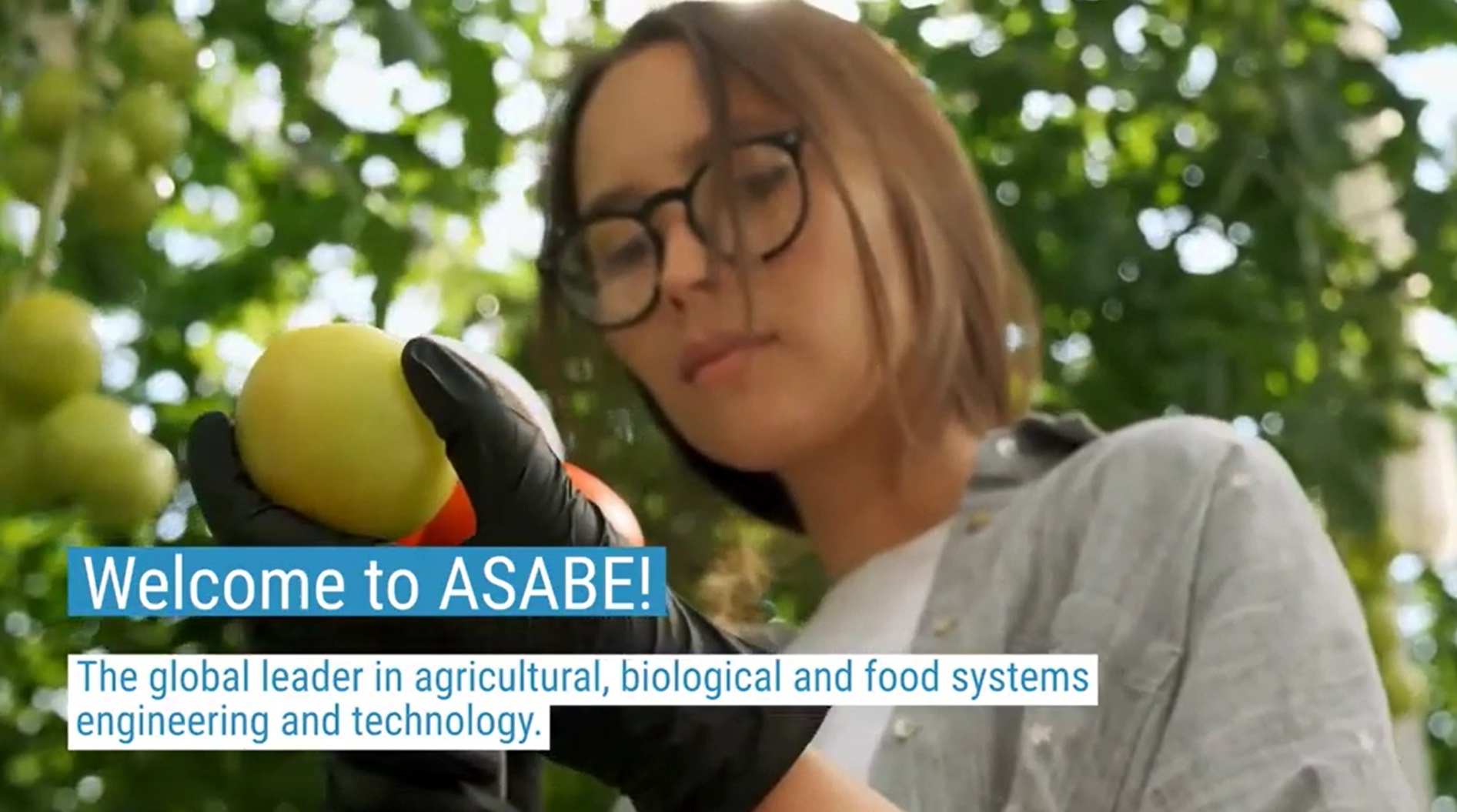My D-i-l never wanted to be a farmer’s wife. I think she is killin’ it. pic.twitter.com/uBpRRqhG44
— Leslie (@Hopeleslie1234) August 10, 2024
Tag Archives: Michigan
- Home
- Posts tagged "Michigan"

Seed the Future
Solar Panel Recycling
Institute of Electrical and Electronic Engineers:
The value of diversity in the renewable energy industry and research community
Life cycle assessment of transparent organic photovoltaic for window applications
Michigan Electrical Administrative Act §338.883
The requirement for a licensed electrician and a certified inspector to perform and certify any electrical work above $100 is prohibitive for homeowners and facility managers. To the best of our knowledge, no other US state imposes this requirement. There are more efficacious approaches to supporting effective public electrical safety services.
Licensing and Regulatory Affairs | Electrical Administrative Board
Next Meeting: February 13, 2025 10:00 am
Meeting Minutes: August 8, 2024 (not yet available)
Meeting Minutes: October 31, 2024 (submittals for agenda items due September 26th)
Related:
Michigan Public Service Commission
MPSC takes next steps in enabling interconnection and distributed energy resources
Of considerable importance is the criteria set by this board to determine whether a journeyman electrician is permitted to practice his or her trade in the State of Michigan.
We have been advocating for changes to the State of Michigan Electrical Administrative Act that currently requires all electrical work valued above $100 to be installed by a licensed journeyman electrician and inspected by an accredited electrical inspector. The $100 threshold was set decades ago and has never been challenged by another other advocacy enterprise representing the user interest. Almost all of the stakeholders on the present Electrical Administrative Board are stakeholders who benefit economically from the $100 threshold. Much of the reason for the apparent imbalance of interests lies in tradition; but also because no user interest has been present to advocate for an update of the formal, fee schedule.
This advocacy priority was on the Do-List of the original University of Michigan codes and standards advocacy enterprise which was focused on strengthening the voice of the user/owner/final fiduciary in the promulgation of regulations affecting Michigan educational facilities (CLICK HERE for link to the legacy Advocacy Project 14-1). Of all the trades covered in the parent legislation — Stille-Derossett-Hale Single State Construction Code Act (Act 230 of 1972) — the electrical power discipline is the only discipline in Michigan building technology regulations that sets a dollar criteria for electrical work to be performed and inspected. While we recognize the need for safe installation of the electrical power chain within a building; we propose another criteria for establishing the requirement for a licensed electrician and a licensed inspector should be determined (as it is in all other construction disciplines administered by the Bureau of Construction Codes, a division of the Department of Licensing and Regulatory Affairs).
The actual text of the present regulation is available by clicking here: 338.881 Definitions | Electrical Administrative Act 217 of 1956
As a consequence of former Governor Snyder’s Office of Regulatory Reinvention significant changes to both the Bureau of Construction Codes, a division of the Department of Licensing and Regulatory Affairs) have taken place within the past twelve months; which make us optimistic about political support for our proposals. We will be collaborating with our colleagues at Michigan State University to make necessary legislative changes we believe will lower the #TotalCostofOwnership of education facilities in the State of Michigan.
We will refer the Michigan Electric Code, and other state electrical codes to the IEEE Education and Healthcare Facilities Committee which hosts bi-weekly breakout teleconferences with electrical professionals in the education facilities industry as required by the demand for them.
Electrical Administrative Board Responsibilities and Meeting Schedule
The next meeting of the Michigan Electrical Board is November 2nd. We have been attending the meetings in Lansing and have made our proposal to revisit the dollar criteria known to the entire board. We hope the Electrical Administrative Board will develop another criteria; inspired by the electrical administrative boards of other states.





Issue: [14-1]
Contact: Mike Anthony, Jack Janveja, Richard Robben, Kane Howard
Category: Electrical, State & Local Legislation
Link to Issue 14-1 Legacy Website
LEARN MORE:
Wide Variations in State Adoptions of the NEC® Reveal Neglect of Electrical Safety
Smart Cities: Wicked Problems
Smart cities: moving beyond urban cybernetics to tackle wicked problems
Cambridge Journal of Regions, Economy and Society, Volume 8, Issue 1, March 2015 | “The Smart City”
Abstract. This article makes three related arguments. First, that although many definitions of the smart city have been proposed, corporate promoters say a smart city uses information technology to pursue efficient systems through real-time monitoring and control. Second, this definition is not new and equivalent to the idea of urban cybernetics debated in the 1970s. Third, drawing on a discussion of Rio de Janeiro’s Operations Center, I argue that viewing urban problems as wicked problems allows for more fundamental solutions than urban cybernetics, but requires local innovation and stakeholder participation. Therefore the last section describes institutions for municipal innovation and IT-enabled collaborative planning.
So proud to announce the @ellisoninst is beginning construction on our new campus at the @UniofOxford and broadening our mission: Science & Engineering for Humanity. EIT develops & deploys technology in pursuit of solving four of humanity’s most challenging & enduring problems.… pic.twitter.com/vSkHWSS8EK
— David Agus (@DavidAgus) October 15, 2023
Milk
The friendly cow all red and white,
I love with all my heart:
She gives me cream with all her might,
To eat with apple-tart.
She wanders lowing here and there,
And yet she cannot stray,
All in the pleasant open air,
The pleasant light of day;
And blown by all the winds that pass
And wet with all the showers,
She walks among the meadow grass
And eats the meadow flowers.
Dairy milk products remain a vital part of global food supply. Since 1970 an ISO Technical Subcommittee — ISO/TC 34/SC 5 Milk and milk products — seeks globally effective standardization solutions in the methods of analysis and sampling for milk and milk products, covering the dairy chain from primary production to consumption. The business plan of its parent committee is linked below:
BUSINESS PLAN ISO/TC 34 FOOD PRODUCTS
The Stichting Koninklijk Nederlands Normalisatie Instituut is the Global Secretariat for TC34/SC5. Participating and Observing nations are shown on the map below:
The American Society of Agricultural and Biological Engineers is the US Technical Advisory Group Administrator to the parent TC34 committee but ANSI does not have a Technical Advisory Group leader. As the U.S. member body to the ISO, ANSI is always on the hunt for its members and/or relevant stakeholders to participate in discovering standardization solutions in a broad range of technologies and markets with like-minded experts in other national standards bodies. The full sweep of ANSI’s participation in consensus documents developed by the ISO is described in the link below:
This committee has functioned since 1970 — long enough for many of the best practice titles it produces to have stabilized. There is other market action in the global dairy supply — notably the growth of non-dairy food supply — but we find no public consultations open on proposed standardization solutions as of this posting. When they are released they will appear in the link below:
ISO Standards Under Development
Land grant colleges and universities are likely stakeholders in this domain. Apart from the passion that young people have for fair trade in any market, we see this as an opportunity for faculty and students to gain insight into the geo-politics of food supply generally and the subtleties of coffee markets. Business schools, agricultural colleges, international studies program developers who may be, and should be, interested in a leadership opportunity on behalf of the United States should communicate directly with ANSI’s ISO Team ((isot@ansi.org).










We devote at least an hour every month breaking down public consultations on food safety and sustainability. The work products of TC 34 appears on the standing agenda of both our Global and Food colloquia. See our CALENDAR for the next online meeting; open to everyone.
Issue: [19-46]
Category: Academic, Global
Colleagues: Mike Anthony, Christine Fischer, Akkeneel Talsma
8990 Grand River Ave, Detroit
“In the Barber Shop” by Ilya Bolotowsky (1934)
Painted for the Public Works of Art Project during the Great Depression
~3700 artists, ~15,000 paintingshttps://t.co/4DfkXSBB84https://t.co/Z1aqoY1zhW pic.twitter.com/qNDCEThOlD— Standards Michigan (@StandardsMich) March 15, 2025
History of the English Speaking Peoples
| Since so much of what we do in standards setting is built upon a foundation of a shared understanding and agreement of the meaning of words (no less so than in technical standard setting) that time is well spent reflecting upon the origin of the nouns and verbs of that we use every day. Best practice cannot be discovered, much less promulgated, without its understanding secured with common language. |
Hanging with grandad just like the old days 😂 pic.twitter.com/fQVarEQ5Iw
— Alexandra Churchill ✌🏼⭐️⭐️ (@churchill_alex) December 2, 2023
Virginia Woolf: pic.twitter.com/8IPw1Fmevk
— Dr. Maya C. Popa (@MayaCPopa) May 25, 2023
Cambridge: English language education in the era of generative AI
We must spread our accent further pic.twitter.com/qEc3Cqd2cH
— Midwest vs. Everybody (@midwestern_ope) April 3, 2025
New update alert! The 2022 update to the Trademark Assignment Dataset is now available online. Find 1.29 million trademark assignments, involving 2.28 million unique trademark properties issued by the USPTO between March 1952 and January 2023: https://t.co/njrDAbSpwB pic.twitter.com/GkAXrHoQ9T
— USPTO (@uspto) July 13, 2023
Standards Michigan Group, LLC
2723 South State Street | Suite 150
Ann Arbor, MI 48104 USA
888-746-3670

























